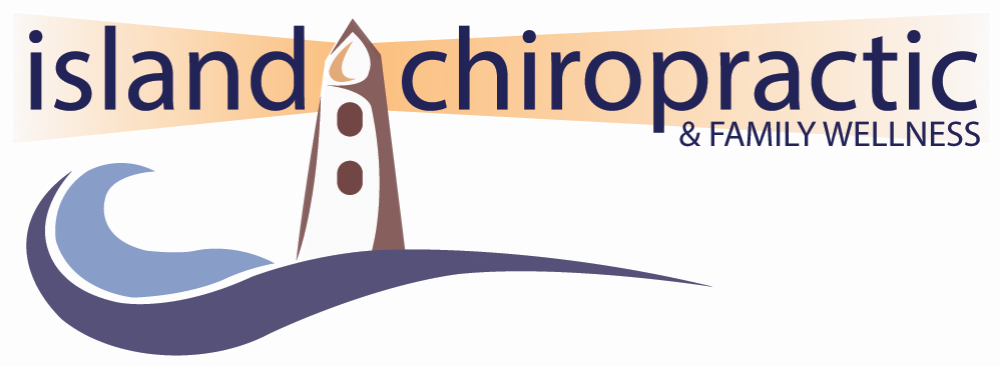A coupe of weeks ago for our quick tip Tuesday on Instagram we talked about one of the Canadian Society for Exercise Physiology (CSEP) physical activity guidelines recommending 150 minutes of aerobic activity per week. Most people know about the benefits of aerobic activity. However, quite often resistance training or strength training is overlooked. CSEP does say “It is… beneficial to add muscle and bone strengthening activities using major muscle groups, at least 2 days per week.” This is where resistance training comes in.
Muscle mass and strength has high predictive value of all cause mortality. Resistance training helps strengthen bone, muscle, tendon, and ligaments. It improves metabolic and cardiovascular health. Increased muscle mass elevates basal metabolic rate (BMR) as lean muscles require calories to maintain themselves at rest. In this manner simply having lean muscle can burn fat.
Being strong improves quality of life and mitigate injuries. Resistance training can help prevent osteoporosis and falls in older people. Physical activity improves mental health and mood. Of course increasing muscle mass and strength improves physical attractiveness, self esteem, and body image.
CSEP recommends “at least 2 days per week”. I think this is a great minimum and could be achieved in 20 - 30 minutes of intense full body movements that hit major muscle groups. If you’re just beginning you could start with bodyweight exercises like squats, push ups, pull ups, bridges, planks, crawls or easier modifications of these. Bodyweight exercises may be enough for some people to reach their goals. Others may want to progress to lifting heavy things like rocks in the back yard, dumbbells, kettlebells, or barbells. Again I like to focus on compound movements like deadlifts, squats, bench press, overhead press, rows and carries. Pick two or three exercises and perform three to five sets with three to ten reps. Theres no hard rules on this except don’t get hurt. Practice quality of movement, be patient, and progress slowly to allow your body to adapt.
Keep in mind lean muscle weighs more than fat tissue. So if strength training is part of a weight loss strategy - you may be improving body composition but the scale may not be going down. In this case consider a different out come measure like waist to hip ratio or waist to height ratio. Also, you may take a picture of yourself in you bathing suit and compare. Probably the best gauge of improvement is as Robb Wolf would say, “how do you look, feel, and perform?”
I’ll leave you with a blunt but fitting quote from strength coach Mark Rippetoe - “Strong people are harder to kill than weak people and more useful in general.”

